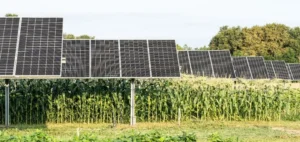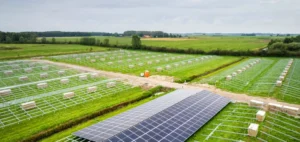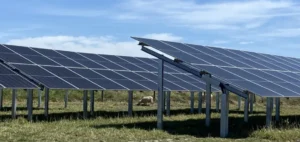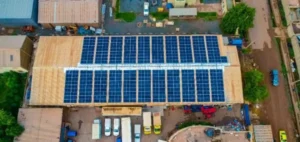George Gordon First Nation, through its company George Gordon Developments Limited, has reached financial close on a CAD42mn ($30.3mn) loan from the Canada Infrastructure Bank (CIB) for the development of the Wicehtowak solar project in Saskatchewan. The 32.4-megawatt solar facility will supply power to the province’s grid and directly to the adjacent mine operated by K+S Potash Canada.
A solar facility fully owned by a First Nation
The agreement allows the Indigenous community to acquire full ownership of the project, marking a first in the CIB’s investment history. The site, located on Treaty No. 4 territory, will feature 66,175 bifacial photovoltaic panels and operate under a 30-year virtual power purchase agreement through Saskatchewan Power Corporation’s Renewable Access Service programme.
The project aims to generate long-term revenues for the community and support economic sectors such as agriculture, real estate development, and other energy initiatives. The CIB includes this operation under its Indigenous Community Infrastructure Initiative, designed to enable direct participation of Indigenous peoples in strategic projects.
Industrial goals and local impact
The plant will support the energy needs of the potash mine operated by K+S Potash Canada, a major industrial site in the province. Simultaneously, the facility is expected to avoid the emission of 21,686 tonnes of carbon dioxide per year. Training opportunities will also be provided to community members in technical and industrial fields related to the project.
The financing is complemented by a CAD33mn ($23.8mn) grant from Natural Resources Canada under the Smart Renewables and Electrification Pathways Program.
A model of energy and economic cooperation
The partnership is being welcomed by stakeholders as a structuring initiative. For the German company K+S Potash Canada, the project ensures reliable power supply and supports its efforts to reduce emissions from its operations. SaskPower, involved via the virtual power purchase agreement, stated that the initiative aligns with its goal to diversify energy supply and engage Indigenous communities.
CIB’s chief executive officer sees this project as a milestone for future infrastructure partnerships led by First Nations.






















